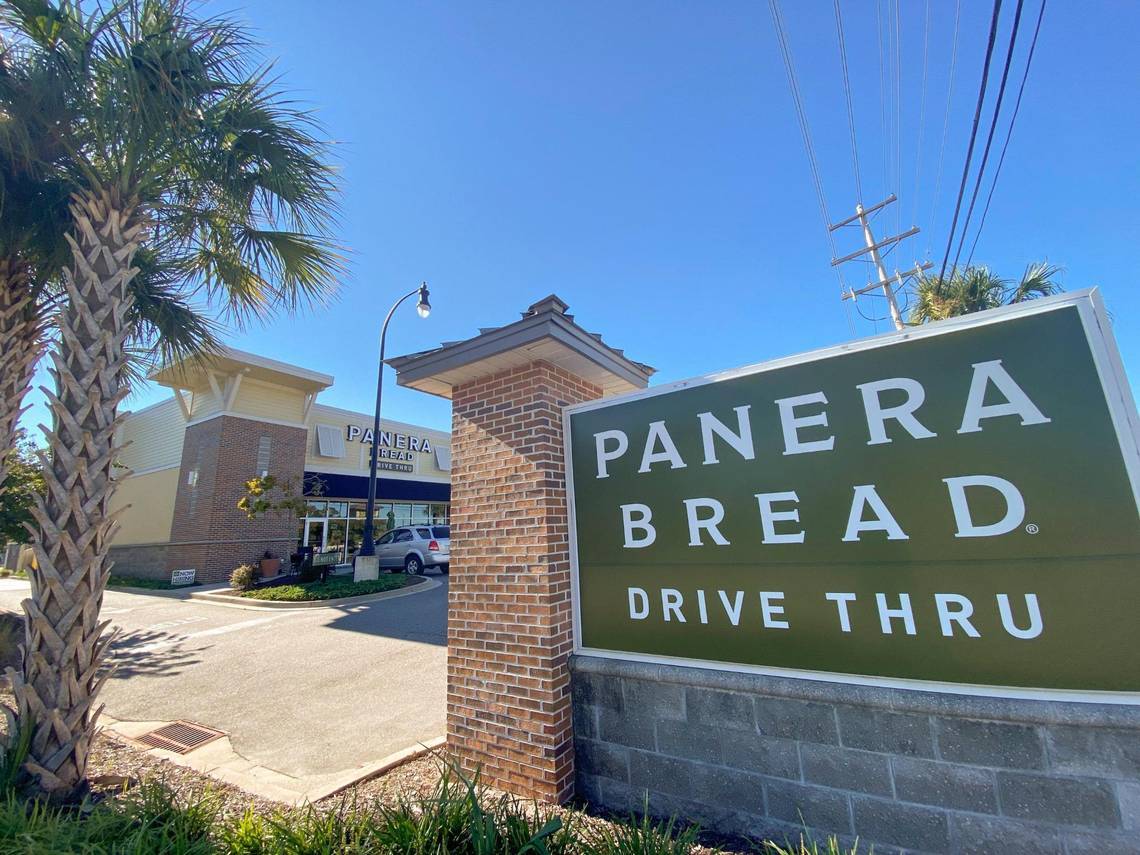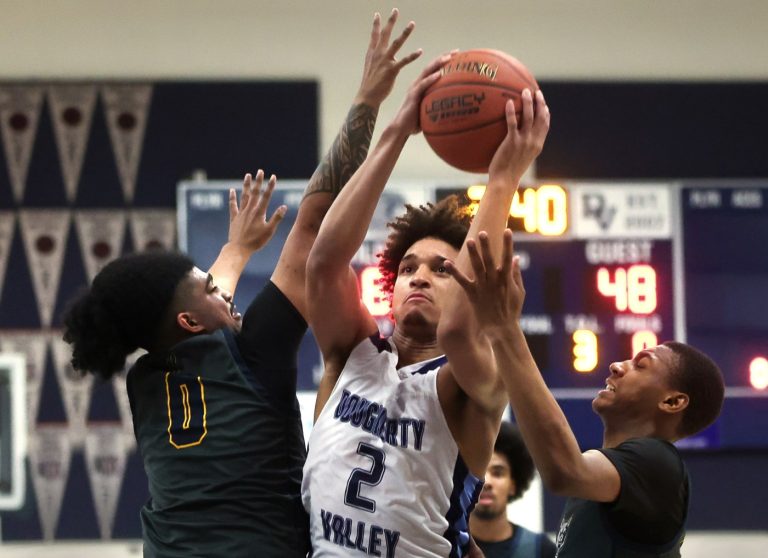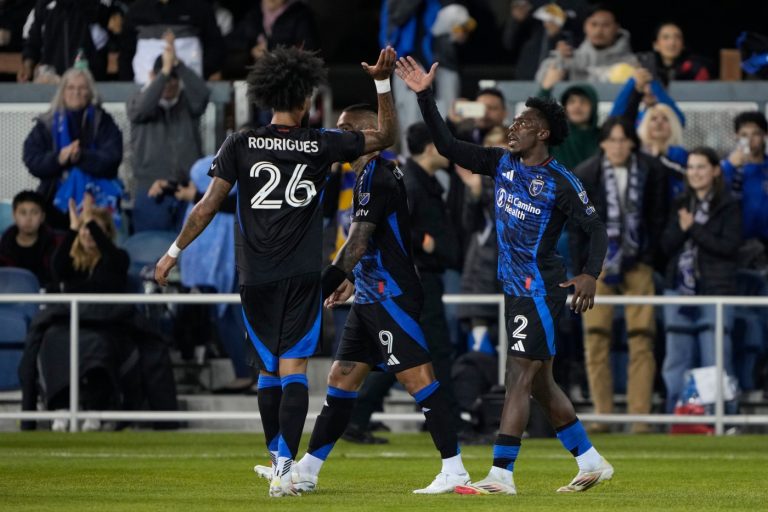Carlton Gillespie | Miami Herald (TNS)
Hennessy Sepulveda thought she was going to die.
“I began dissociating as I was driving. I was 10 minutes away from my house. My vision started warping and the lights were hitting me really bright,” she said. “I felt my chest pounding, I felt a wave of panic hit me — I knew something was wrong.”
Sepulveda, a Florida International University student who was 19 at the time, was admitted to the hospital, and was surprised by the cause of her symptoms: the Monster energy drink she had just a few hours earlier.
“I was drinking Monster every day for the past year, “ she said. “To me the energy drink wasn’t even a possible reason for this happening.”
The energy drink market has exploded in recent years and by 2030 is expected to reach $33 billion. Much of this growth has been attributed to a shift in marketing strategies that now target young people. These drinks can contain anywhere from 200 mg to 350 mg of caffeine, and the large amounts of caffeine in these drinks can cause significant health problems, especially in teens and adolescents, health experts say.
Energy drink brands often associate themselves with video games and online celebrities, and are also promoted by influencers on platforms like Twitch, where 70% of the viewers are ages 18-34. Many popular creators either endorse or collaborate with these brands who want to leverage the influencers’ young audience.
“These are brands that often target Generation Z or younger generations,” said Gustavo Mosquera, professor of marketing at FIU. “That’s why energy drink brands chose influencer marketing to persuade over this generation.”
Related Articles
Deadly overdoses fell in US for first time in five years, new estimates show
Harry and Meghan get Gavin Newsom’s vehement support in charity snafu
Opinion: Fears about ‘Ozempic babies’ display woeful state of women’s health care
Gov. Newsom announces first $3.3 billion from Prop. 1 mental health bond
Survey: 8,000 women in states with bans get abortion pills each month
For example, Ghost energy drinks offer a “Faze Pop” flavor in collaboration with the popular esports organization FaZe Clan. Red Bull launched a can design featuring popular characters from the video game League of Legends. In 2022, YouTube personalities Logan Paul and KSI launched their own brand, PRIME, which sells energy drinks directly to their young audiences.
Another popular strategy is to partner with established brands to create flavors appealing to adolescents. Ryze energy drinks have Ring Pop, Kool-Aid, and SunnyD flavors. Ghost has Sour Patch Kids, Warheads, and Swedish Fish flavors. C4 energy drinks come in Skittles and Starburst flavors.
“Does a 15-year-old need an energy drink? Probably not,” said Mosquera, ”Because you don’t need the product, I need other ways to persuade you.”
But it is young people who are most at risk from excessive caffeine intake. The FDA recommends that adults consume 400 mg or less of caffeine a day, but for those under 18 the recommended dose is 100 mg or less, often less than half of the amount in one energy drink. They do not recommend any person 12 or under to consume caffeine.
“I wouldn’t recommend any of my patients an energy drink, the excessive amount of caffeine at one time puts you at risk,” said Dr. Willam Costa, internal medicine pediatrics resident at Tulane University, “That’s something that a teenage heart should not endure.”
According to Dr. Cristina Font, cardiology fellow physician at University of Florida Health Jacksonville, caffeine has a number of side effects but the cardiovascular risks of excessive caffeine consumption can be significant.
“That can lead to palpitations, it can lead to arrhythmia which can be dangerous,” said Font. “That’s where it can have really detrimental effects on the cardiovascular system, which in rare cases has led to death.”
Dangerous effects for kids on ADHD meds
For children taking certain medication, the risk can be even greater.
“A lot of children and adolescents are on psychoactive medications, for example ADHD medications, or people with asthma who are taking inhalers are also at risk; those inhalers have stimulant effects,” said Font. “When you start combining stimulants, those cardiovascular effects can get more dangerous.”
Most energy drinks contain other stimulants, such as guarana, a plant native to the Amazon.
Panera to stop selling Charged Lemonade
Certain congenital conditions also can make caffeine more dangerous. In 2022, Sarah Katz, a 21-year-old University of Pennsylvania student, unknowingly drank a Charged Lemonade from Panera. Katz suffered from a heart condition called Long QT syndrome type 1 and generally avoided caffeine due to the risks.
However, the drink was served in beverage dispensers side-by-side with non- caffeinated lemonade, and Katz later went into cardiac arrest and died. Charged Lemonade has 390 mg of caffeine per 30-oz large sized drink.
Earlier this week, Panera said it will no longer sell its Charged Lemonade drinks, which are the focus of two wrongful-death lawsuits against the company, including one filed by the Katz family.
Melissa DeVincentis, a physician assistant at Holy Cross Hospital in Fort Lauderdale who works in electrophysiology, said she sees a young person admitted to the ER after drinking large amounts of caffeine once or twice a week.
Palpitations, chest pains
“The most pressing symptom is palpitations,” she said “And when we question them we see their caffeine intake is insane.”
Font said she sees a similar consumption pattern.
“A lot of patients come to me with complaints of palpitation and chest pains,” said Font. “You come to realize these patients are drinking multiple energy drinks a day.”
Efforts have been made recently to regulate energy drinks. In Connecticut, a bill in the legislature would ban the sale of energy drinks to children under 16.
In 2023, U.S. Senate Majority Leader Chuck Schumer (D-N.Y.) asked the FDA to investigate PRIME energy drinks for their advertising practices.
“PRIME is so new that most parents haven’t a clue about it, but it is born from the reels of social media and the enigmatic world of influencers,” Schumer said. “This product has one true target market: children under the age of 18, and that is why I am sounding the alarm and asking the FDA to investigate PRIME.”
PRIME is also currently being sued for allegedly underreporting the amount of caffeine in its drinks.
In addition to marketing strategies, adolescents are also at risk for excessive caffeine consumption because it is addictive which can make it difficult to slow down or stop consumption.
“It is the most widely used drug in the world,” said Dr. Font. “We all drink it without thinking about how it’s affecting us in terms of addiction.”
Even for those like Sepulveda who have suffered health consequences, it can be difficult to abstain forever.
“I steered away from all caffeine products completely for a year or more,” she said “But with these last semesters of college, I relapsed.”
©2024 Miami Herald. Visit at miamiherald.com. Distributed by Tribune Content Agency, LLC.












